Cavalry Game
The “Cavalry Game” manufactured by Thomas de la Rue & Co Ltd, c.1900-10.
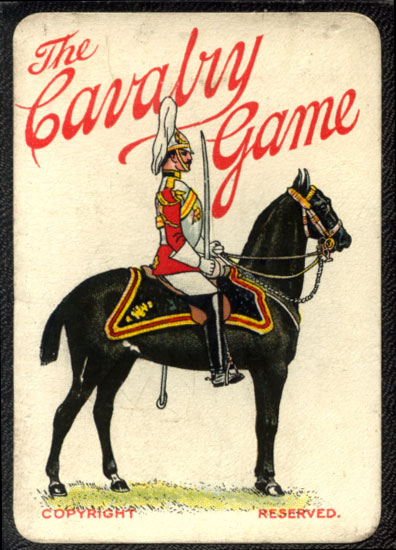
Above: the front of the box showing a 1st Life Guards Officer, the King’s bodyguard.
De La Rue produced a range of high quality games at the end of the Victorian period and into the early 1900s. The “Cavalry Game” - registered in c.1914 - aims to teach identification of the various Dragoon Guard regiments. Players compete through drawing and exchanging cards to complete sets of the regiments, and the player who first obtains four Brigades making a Cavalry Division wins the game. Later editions of the game were licensed to H.P. Gibson & Sons Ltd.
The Dragoon Guards regiments were converted to armoured cars and tanks during the 1930s.
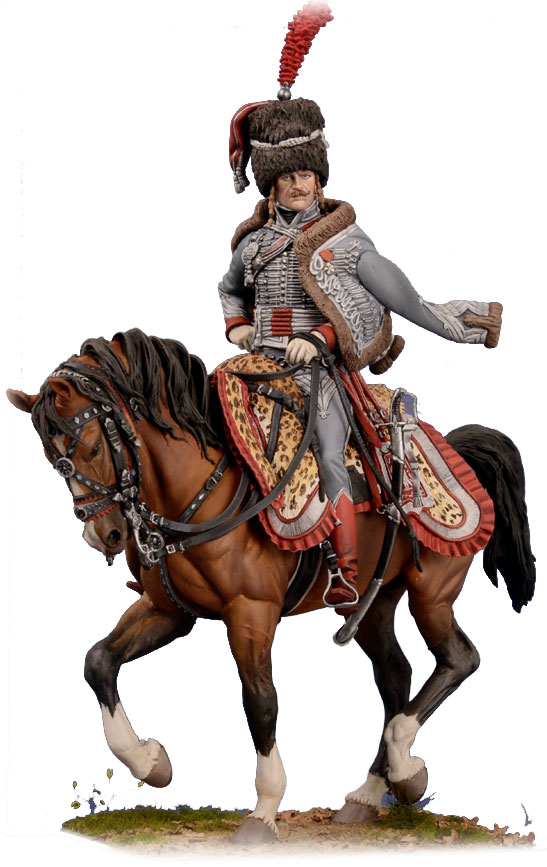

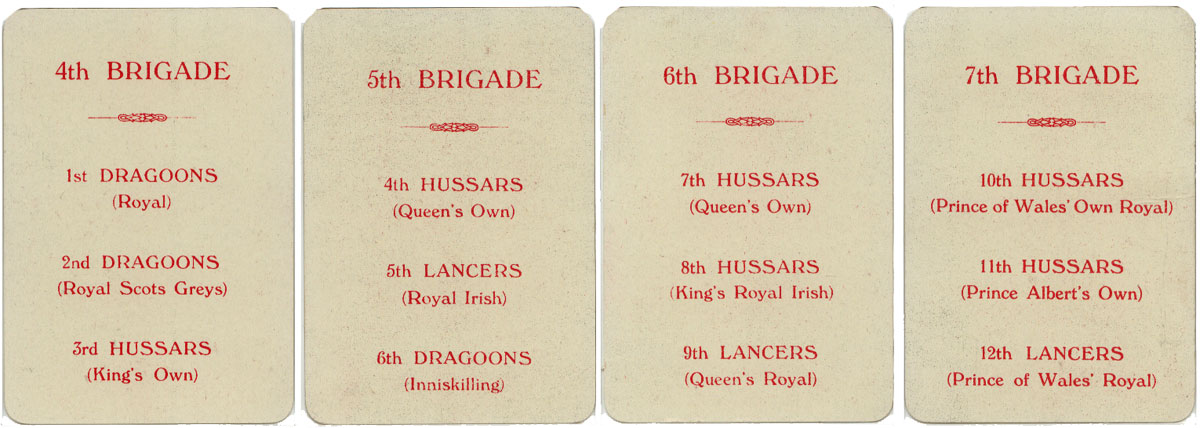
Above: The “Cavalry Game” manufactured by Thomas de la Rue & Co Ltd, c.1914, for three to six players. The set contains 41 cards in box: 10 cards are Brigade cards, in order of their numbers, and the rest are soldier cards. The British cavalry dressed in a way that paid homage to their origins and retained elements of Polish or Hungarian dress style in their uniforms.
By Rex Pitts (1940-2021)
United Kingdom • Member since January 30, 2009
Rex's main interest was in card games, because, he said, they were cheap and easy to get hold of in his early days of collecting. He is well known for his extensive knowledge of Pepys games and his book is on the bookshelves of many.
His other interest was non-standard playing cards. He also had collections of sheet music, music CDs, models of London buses, London Transport timetables and maps and other objects that intrigued him.
Rex had a chequered career at school. He was expelled twice, on one occasion for smoking! Despite this he trained as a radio engineer and worked for the BBC in the World Service.
Later he moved into sales and worked for a firm that made all kinds of packaging, a job he enjoyed until his retirement. He became an expert on boxes and would always investigate those that held his cards. He could always recognize a box made for Pepys, which were the same as those of Alf Cooke’s Universal Playing Card Company, who printed the card games. This interest changed into an ability to make and mend boxes, which he did with great dexterity. He loved this kind of handicraft work.
His dexterity of hand and eye soon led to his making card games of his own design. He spent hours and hours carefully cutting them out and colouring them by hand.

Leave a Reply
Your Name
Just nowRelated Articles

Ethics Education playing cards
Ethics Education playing cards produced by the Centre for Military Ethics at King’s College London, ...
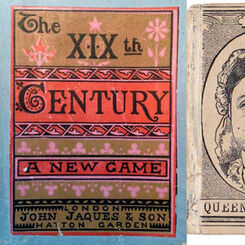
XIXth Century
The XIXth Century published by John Jaques & Son, c.1875.
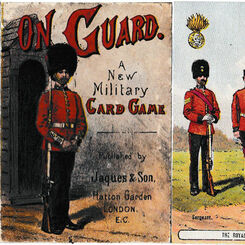
On Guard
On Guard military card game published by J. Jaques & Son, c.1880.
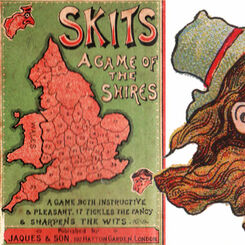
Skits
Skits, an instructive card game which sharpens the wits, c.1900.
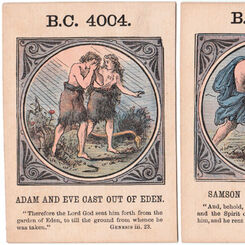
Anno Mundi
Anno Mundi: an early Jaques game described as ‘scripture recreation for the young’ with events in th...
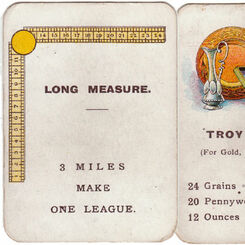
Weights and Measures
“Weights and Measures” card game by John Jaques & Son, Ltd., c.1910, a reminder of some of our more ...
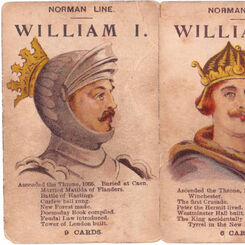
Hide & Seek with the Kings & Queens of England
Hide & Seek with the Kings & Queens of England by John Jaques & Son, c.1875.
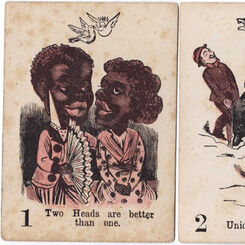
Nap
Nap card games published by Multum in Parvo Ltd, London, c.1900
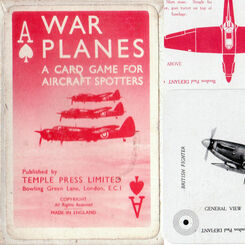
Temple Press War Planes
“War Planes” aircraft recognition playing cards published by Temple Press Limited, c.1940.
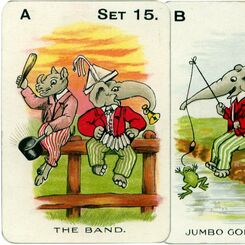
Jungle Jinks
Jungle Jinks card game with artwork by Constance Stannard Chapman, manufactured by Thomas De La Rue ...

Peter Pan
“Peter Pan” pictorial card game published by H. P. Gibson & Sons in c.1912 and manufactured by Thoma...
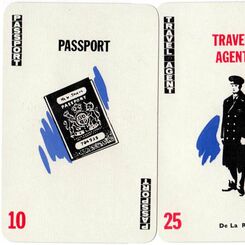
Travel Agent
Travel Agent is a card game designed by Martin A. Foley and manufactured by Thomas de la Rue & Co Lt...
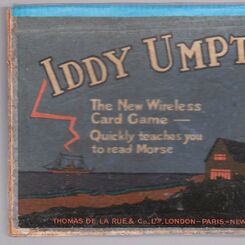
Iddy Umpty
“Iddy Umpty” card game based around learning to read the Morse Code Alphabet. by Thomas de la Rue & ...
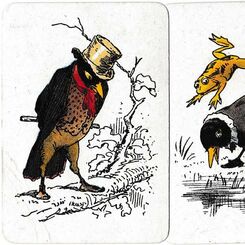
Bread & Honey
A charming Victorian family card game involving Clowns, Queens, Kings, Maids and thirty-seven Blackb...
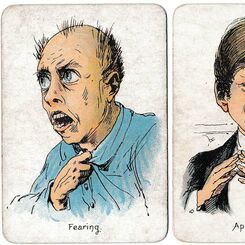
Moods & Faces
“Moods & Faces” round game by Thos de la Rue & Co Ltd,. c.1900.

Tempest
Tempest is a family card game designed by W. Heath Robinson and published by Thomas de la Rue & Co. ...
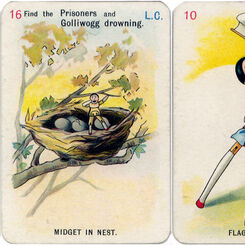
Golliwogg, c.1902
The stories about the Golliwogg and the Dutch dolls were written by Bertha Upton (1849-1912) and ill...
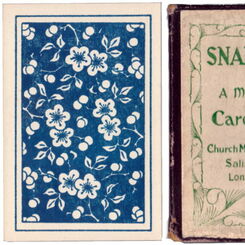
Snapshots
Snapshots, a Missionary Card Game depicting people from different cultural contexts engaged in their...
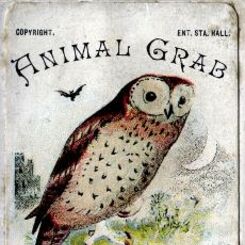
Animal Grab
Animal Grab card game by Thomas De La Rue & Co., 110 Bunhill Row, London..

Games Leaflets
Thos De la Rue & Co. & Gibson's Games Leaflets.
Most Popular
Our top articles from the past 60 days


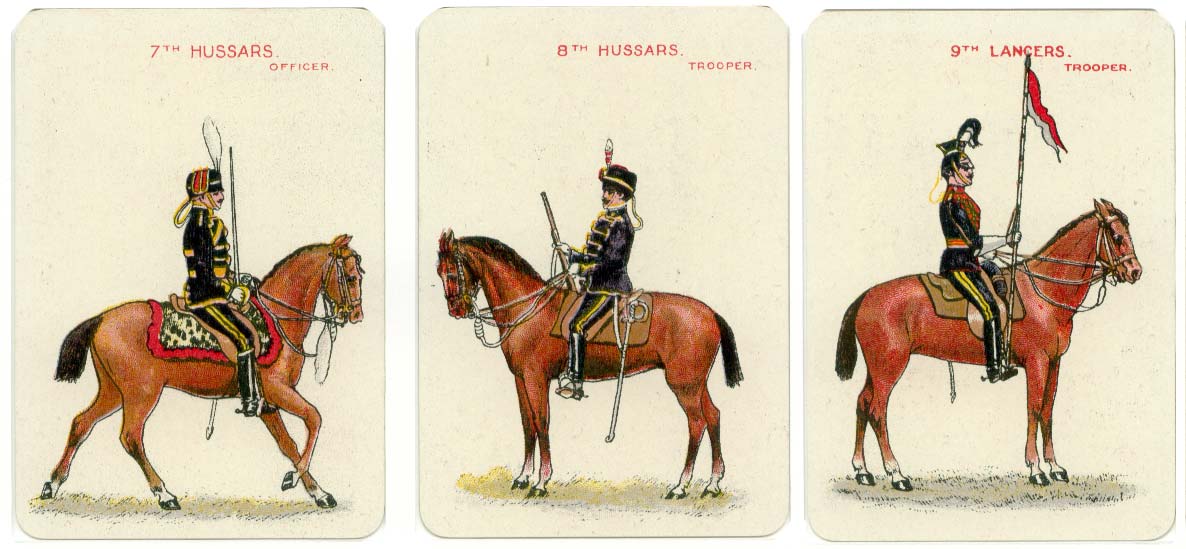
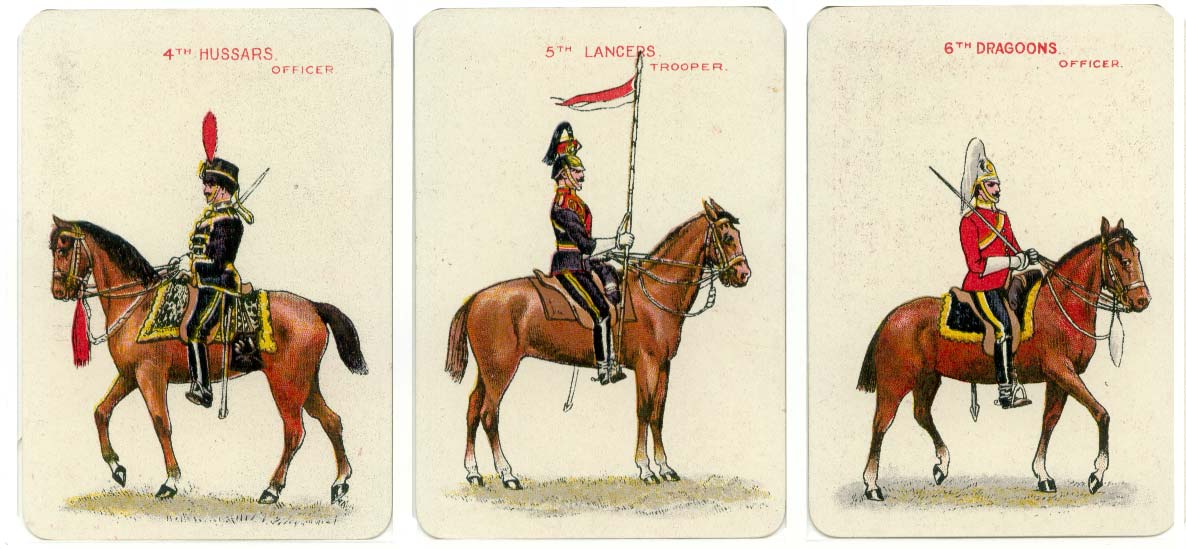
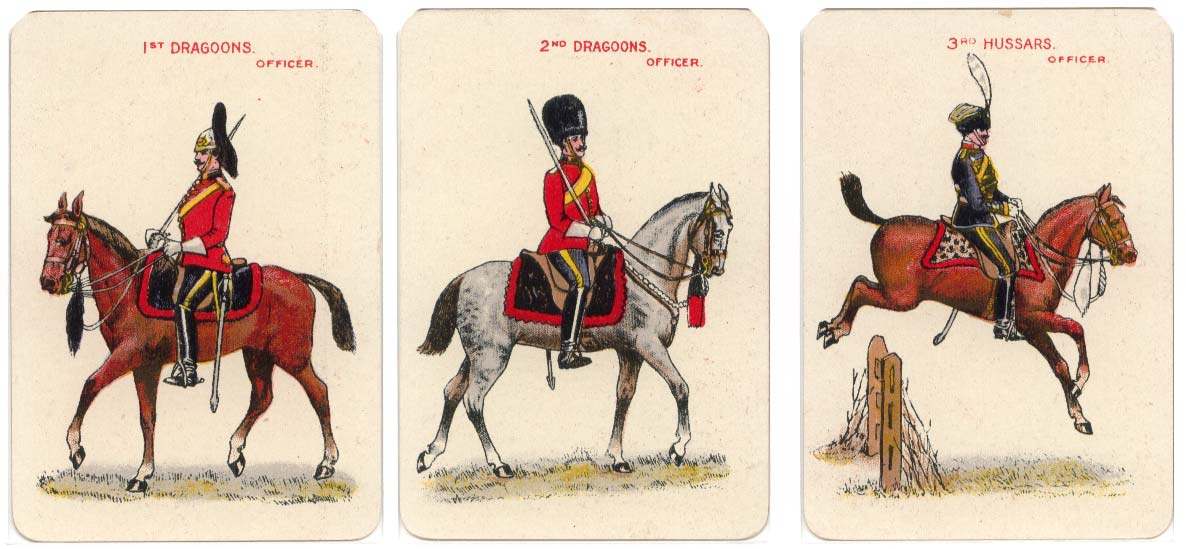
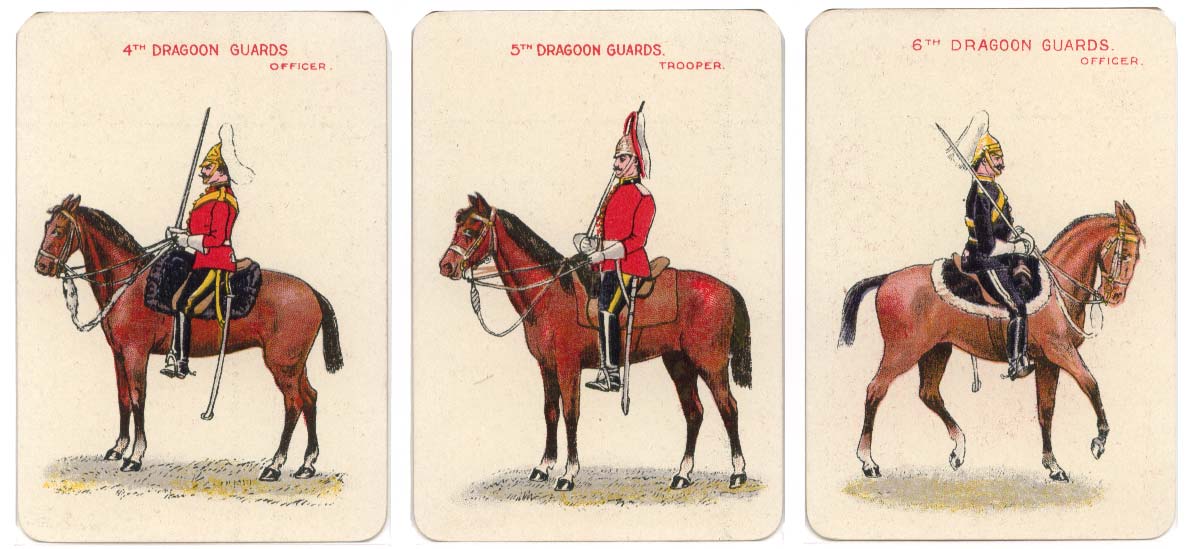
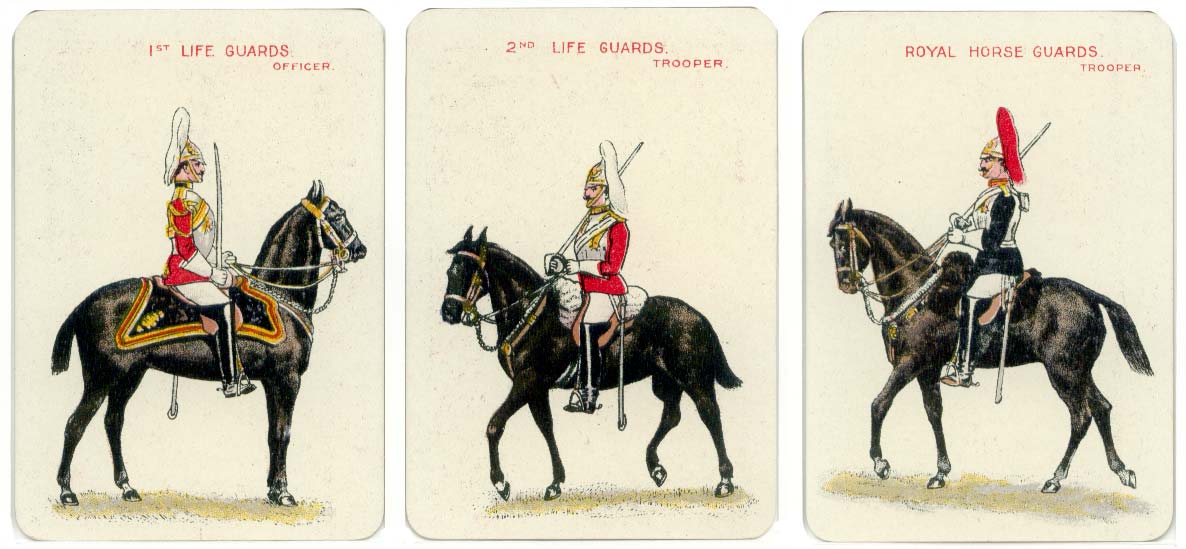
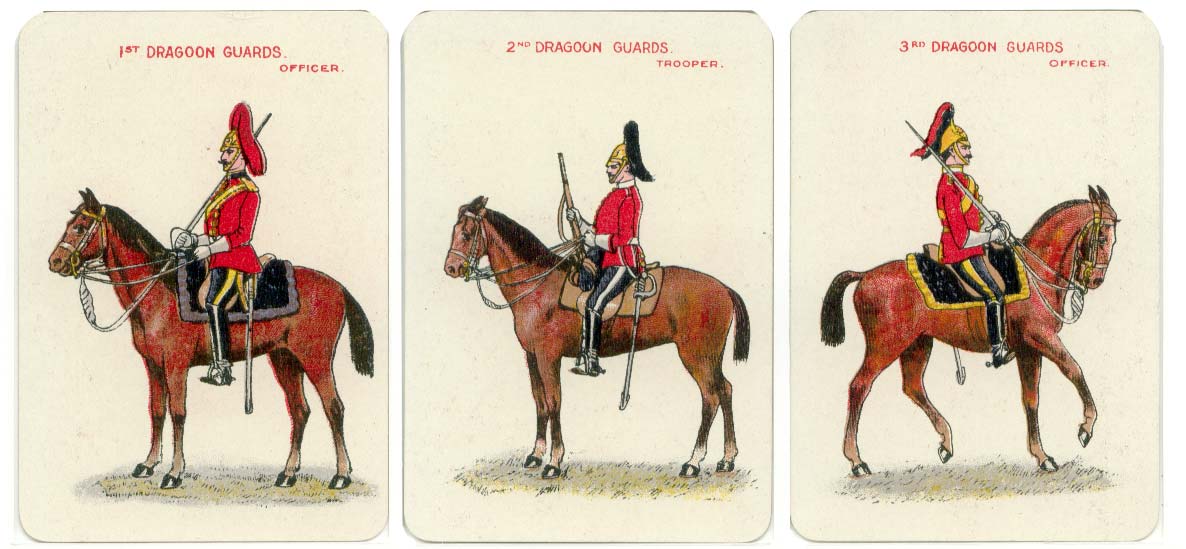
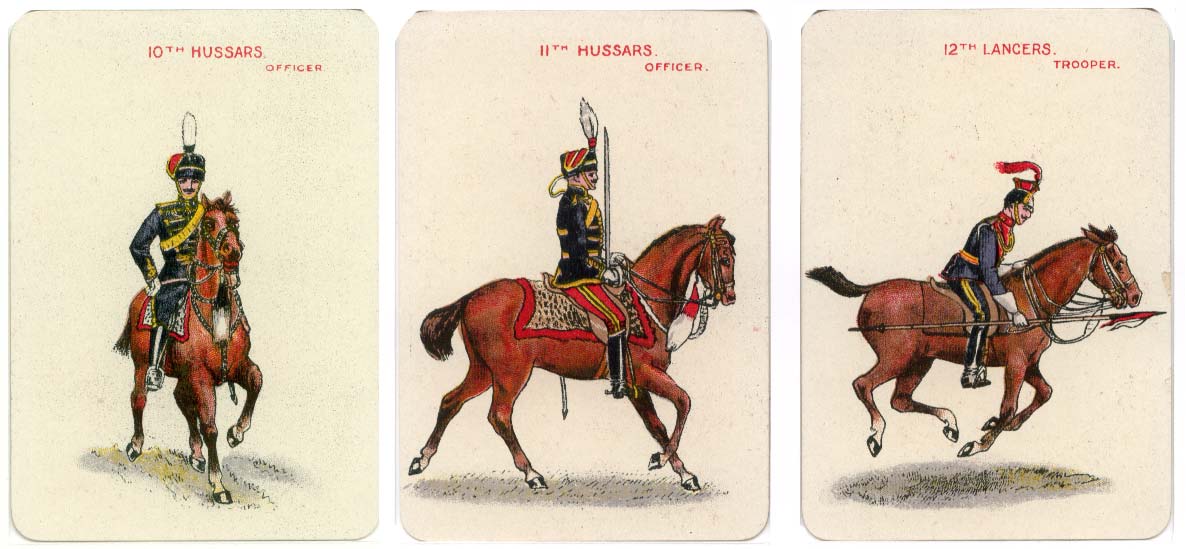
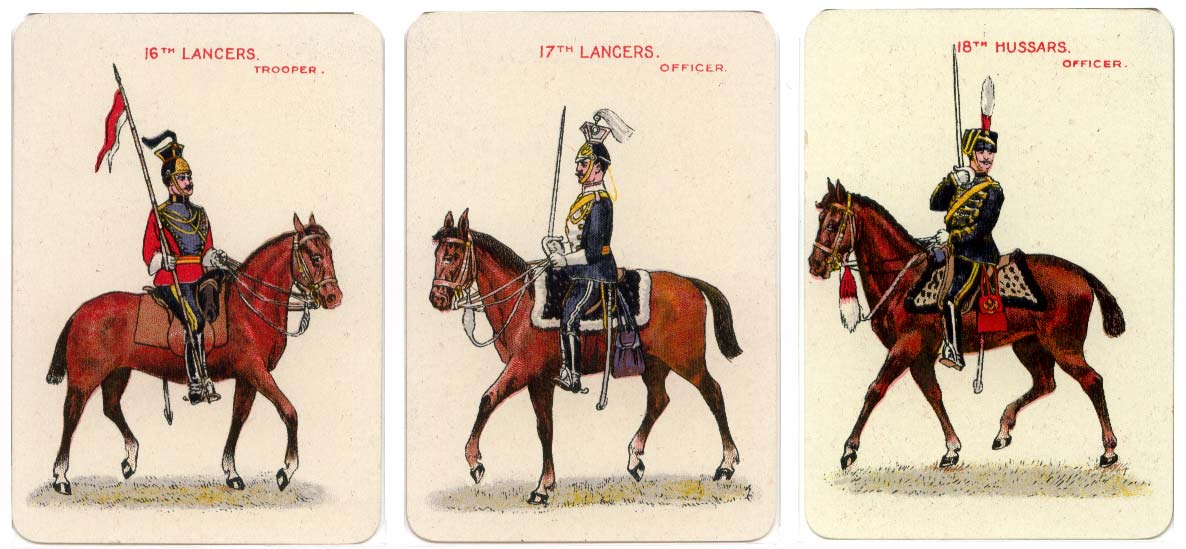
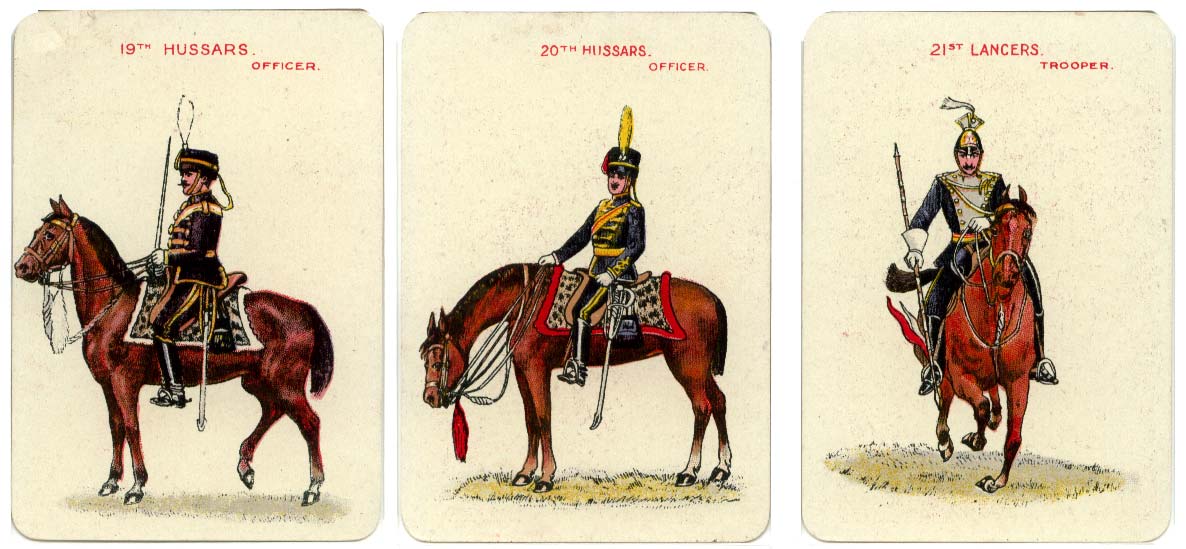
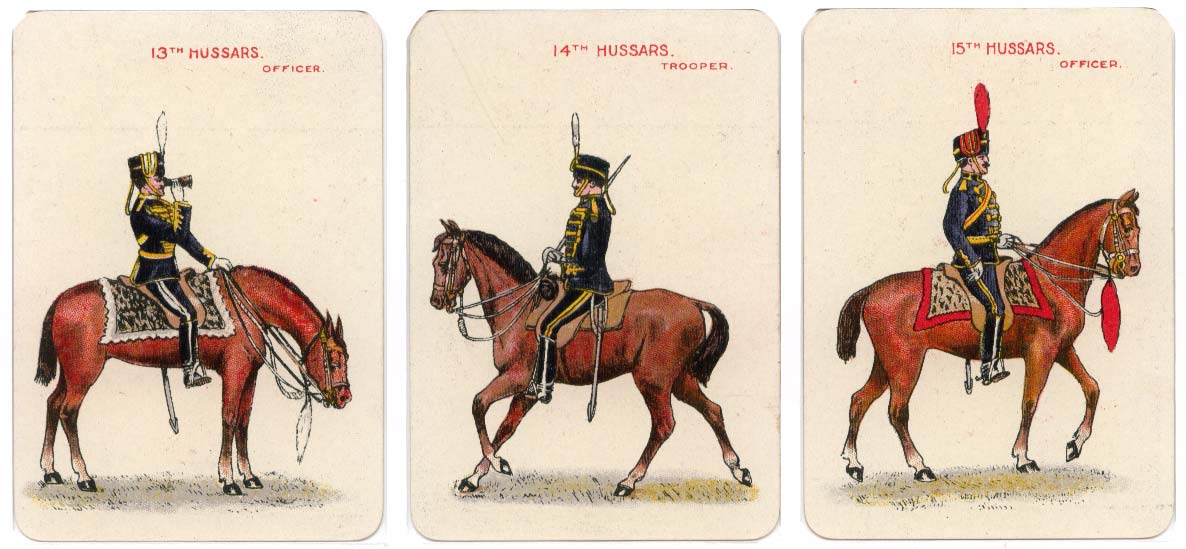
 Your comment here. Your comment here. Your comment here. Your comment here. Your comment here. Your comment here. Your comment here. Your comment here. Your comment here. Your comment here. Your comment here. Your comment here. Your comment here. Your comment here. Your comment here. Your comment here. Your comment here. Your comment here. Your comment here. Your comment here. Your comment here. Your comment here. Your comment here. Your comment here. Your comment here. Your comment here. Your comment here. Your comment here. Your comment here. Your comment here. Your comment here. Your comment here.
Your comment here. Your comment here. Your comment here. Your comment here. Your comment here. Your comment here. Your comment here. Your comment here. Your comment here. Your comment here. Your comment here. Your comment here. Your comment here. Your comment here. Your comment here. Your comment here. Your comment here. Your comment here. Your comment here. Your comment here. Your comment here. Your comment here. Your comment here. Your comment here. Your comment here. Your comment here. Your comment here. Your comment here. Your comment here. Your comment here. Your comment here. Your comment here.




















